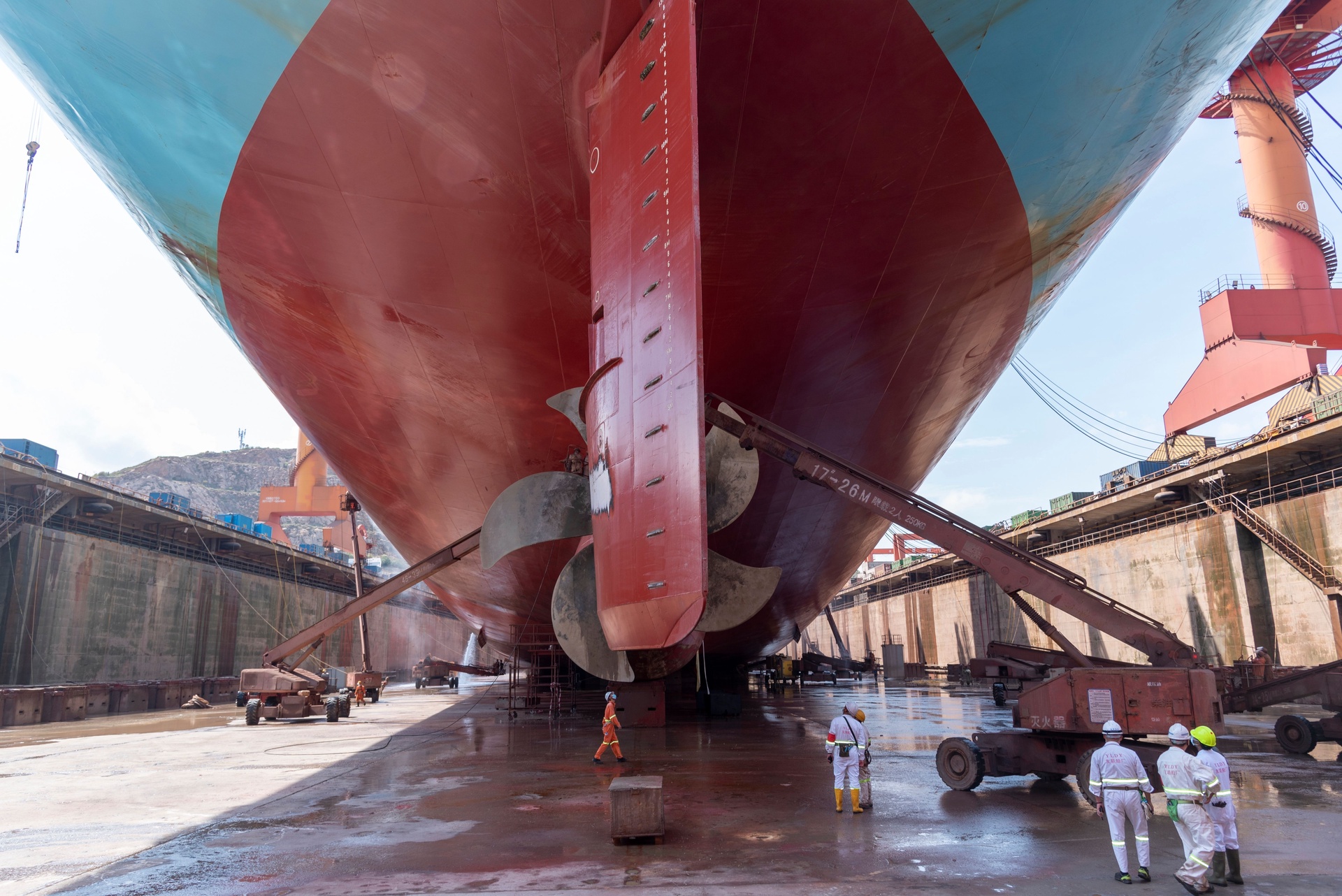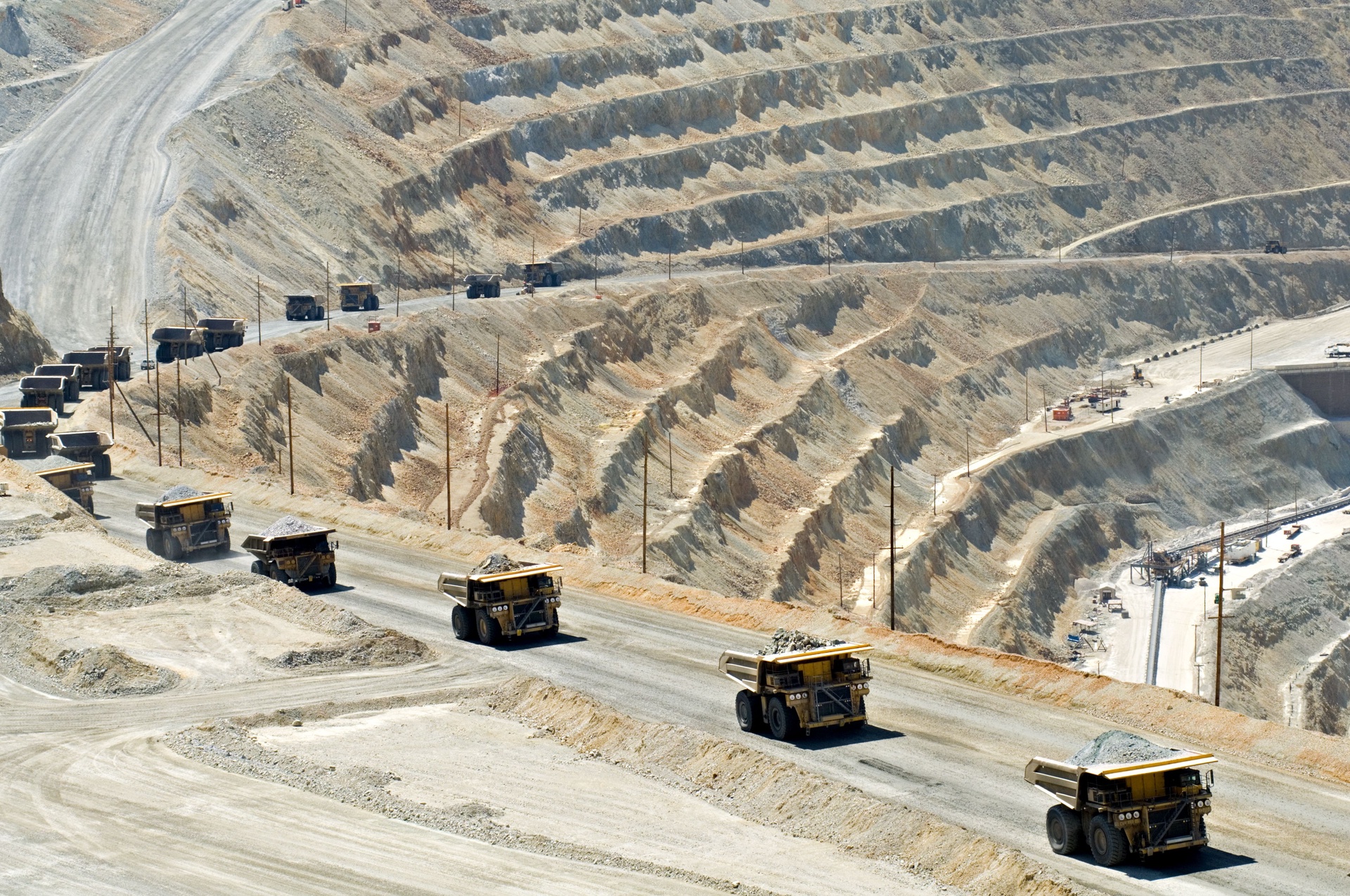Infrastructure spending in China is to be “sped up”, according to a recent government work report. The plan is viewed by analysts as a stimulus package to keep China’s economic growth on track and help mitigate over-production, amid concerns that the Trump administration may reduce imports from China. Among the plans are a commitment to invest a total of 15 trillion yuan (US$2.2 trillion) in transport during its thirteenth five-year plan which runs from 2016 to 2020.
“Work on major rail transport, civil aviation and telecommunications infrastructure will be sped up”, says the work report, made available to the media on March 5 ahead of the National People's Congress. According to the State Council, a total of 3.5 trillion yuan (US$509 billion) will be spent on railways, 7.8 trillion yuan (US$1.1 trillion) on highways, 650 billion yuan (US$95 billion) on airports, and 500 billion yuan (US$73 billion) on waterways.
The ambitious targets, unveiled by transport minister Li Xiaopeng ahead of the National People's Congress, include further goals to expand the high-speed rail network to 30,000km and build an additional fifty airports. There are also plans to expand the oil and gas pipeline network, and to establish ten horizontal and ten vertical comprehensive transport corridors that interconnect east to west and north to south.
Some of the transportation hubs connect directly into new road and rail links that form part of the Belt and Road initiative, running into central Asia across the Kazakhstan border or south towards Singapore. For example, Kunming is being developed as a major rail hub, as part of China's plans to help build or finance a network of high-speed railways running 3,000km down to Singapore.
Wuhan is another major beneficiary of increased infrastructure investment, as it is designated as one of China's twelve international comprehensive transportation hubs. Wuhan will be a transport node where three corridors meet. Wuhan will have bullet train connections to Shiyan, and Wuhan Tianhe Airport will be expanded. There will also be accelerated port development along the Yangtze River. Wuhan is already an important Belt and Road hub for Europe, since it is the terminus for regular international rail freight transportation into countries such as Germany, France, Poland and the Czech Republic.
The plan also explicitly encourages transportation enterprises to go abroad, participating in the construction of overseas transport infrastructure, and promoting the export of Chinese-made transport equipment. Cutting edge technologies will be developed in areas such as high-speed trains, electric locomotives, maglev trains and passenger planes.
This acceleration of spending is viewed as part of president Xi Jinping's strategy to boost the economy in priority areas such as new infrastructure ahead of an expected economic reform programme in 2018. In addition, the increased infrastructure spending is also viewed by analysts as a stimulus package needed to keep China's economic growth on track – especially at a time when there are concerns that the new Trump administration might take measures to reduce imports from China.
Whilst increased infrastructure spending will help mitigate over-production, tackling old and inefficient industries such as coal and steel, where there is excess capacity, will mean shedding jobs and causing economic hardship in steel producing locations. China will reduce steel production capacity this year by around 50 million metric tons, and shut down at least 150 million metric tons of coal production facilities, says premier Li Keqiang on March 5 in the work report.









